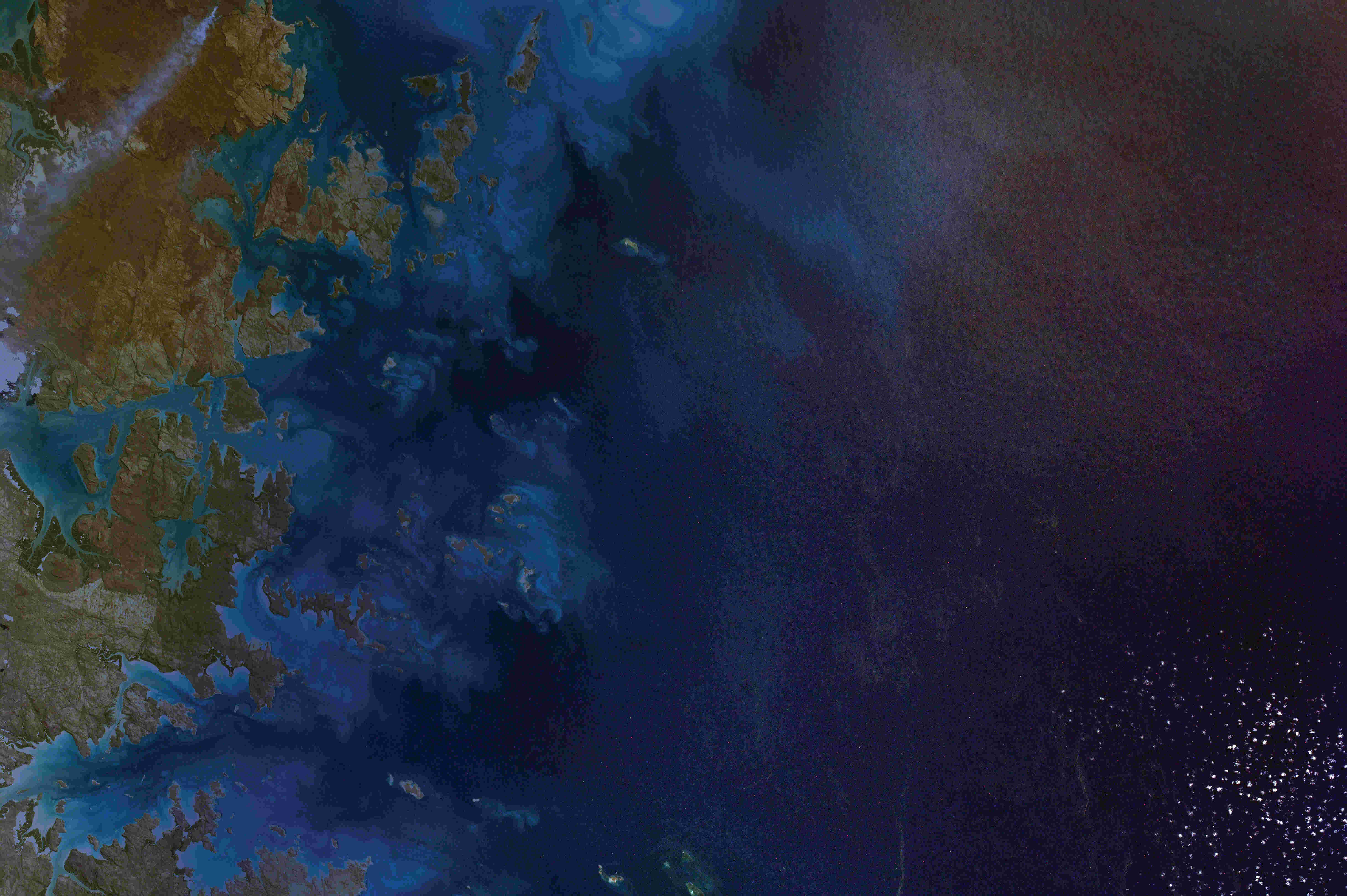Locking carbon deep in the Earth
Studying how carbon is recycled in the deep Earth, researchers from NTU and the University of Cambridge aim to develop better ways to help solve the carbon dioxide crisis.

The carbon cycle, essential for life on Earth, extends deep into the Earth’s crust. At subduction zones formed when oceanic and continental tectonic plates collide, carbonate minerals in ocean floor rocks are drawn deep into the Earth as the oceanic plate sinks below the continental plate. These minerals then dissolve in water and release carbon dioxide into the atmosphere through volcanic emissions.
However, despite the high solubility of calcium carbonate minerals in water, less than half of the carbon in the crust is returned to the atmosphere this way.
To explain this discrepancy, researchers from NTU and the University of Cambridge subjected carbonate minerals to the high pressures and temperatures commonly experienced at subduction zones and determined the solubility of the minerals under these conditions.
Their study showed that magnesium-rich carbonate minerals are much less soluble than calcium carbonates. From their calculations, the researchers estimated that about one third of the carbonates dissolve in the fluid they are soaking in but the other 70% sink into the deep Earth, in contrast to previous estimates that most of the carbon pushed into the Earth is recycled to the atmosphere.
"Studying how carbon is recycled in the deep Earth provides insights to the entire 'life cycle' of carbon on Earth, from the atmosphere to oceans to the Earth's core," says Prof Simon Redfern, Dean of NTU's College of Science, who co-led the study.
"These results will also help us develop better ways to lock carbon into the solid Earth and out of the atmosphere, potentially providing a route to help solve the climate crisis.”
The research “Deep carbon cycle constrained by carbonate solubility” was reported in Nature Communications (2021), DOI: 10.1038/s41467-021-24533-7.
The article appeared first in NTU's research & innovation magazine Pushing Frontiers (issue #20, June 2022).


.tmb-listing.jpg?Culture=en&sfvrsn=370a7c71_1)

.tmb-listing.jpg?Culture=en&sfvrsn=ab6472c8_1)

.tmb-listing.jpg?Culture=en&sfvrsn=8fcd2938_1)
.tmb-listing.jpg?Culture=en&sfvrsn=7a33f2b7_1)